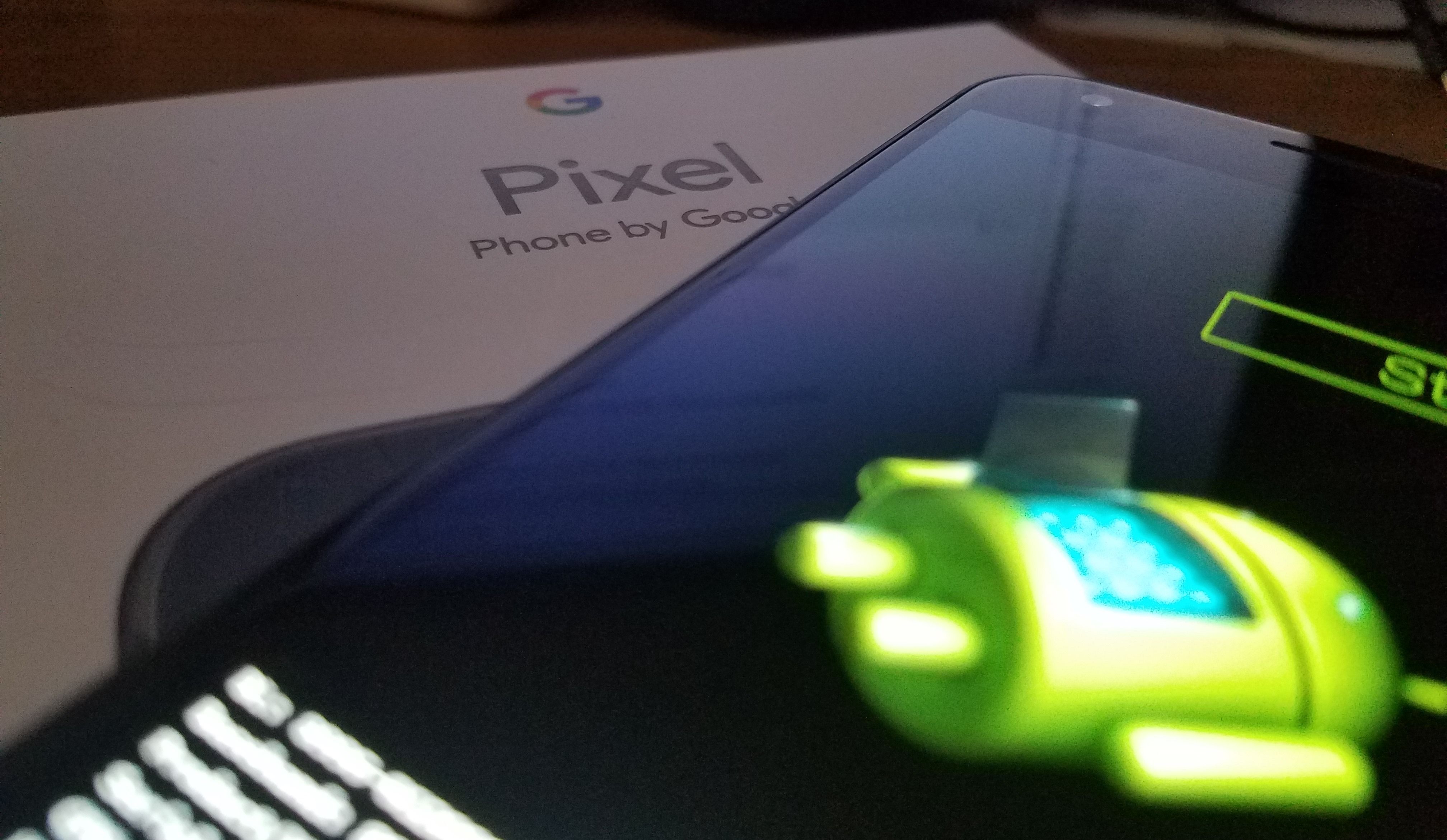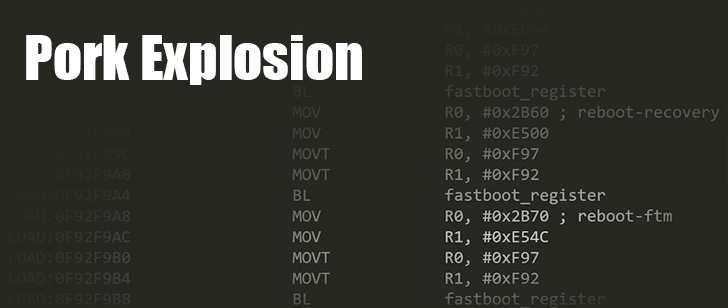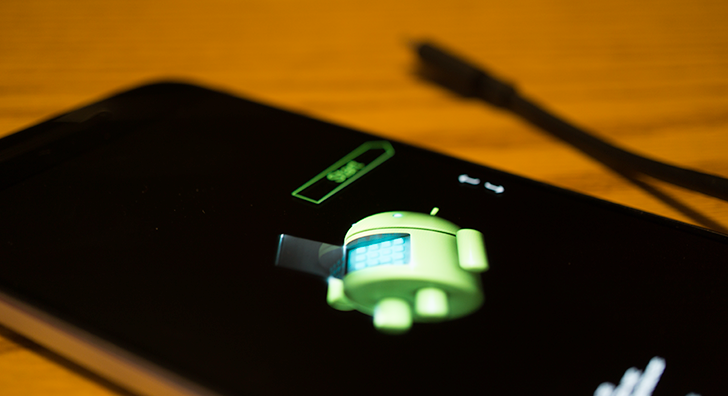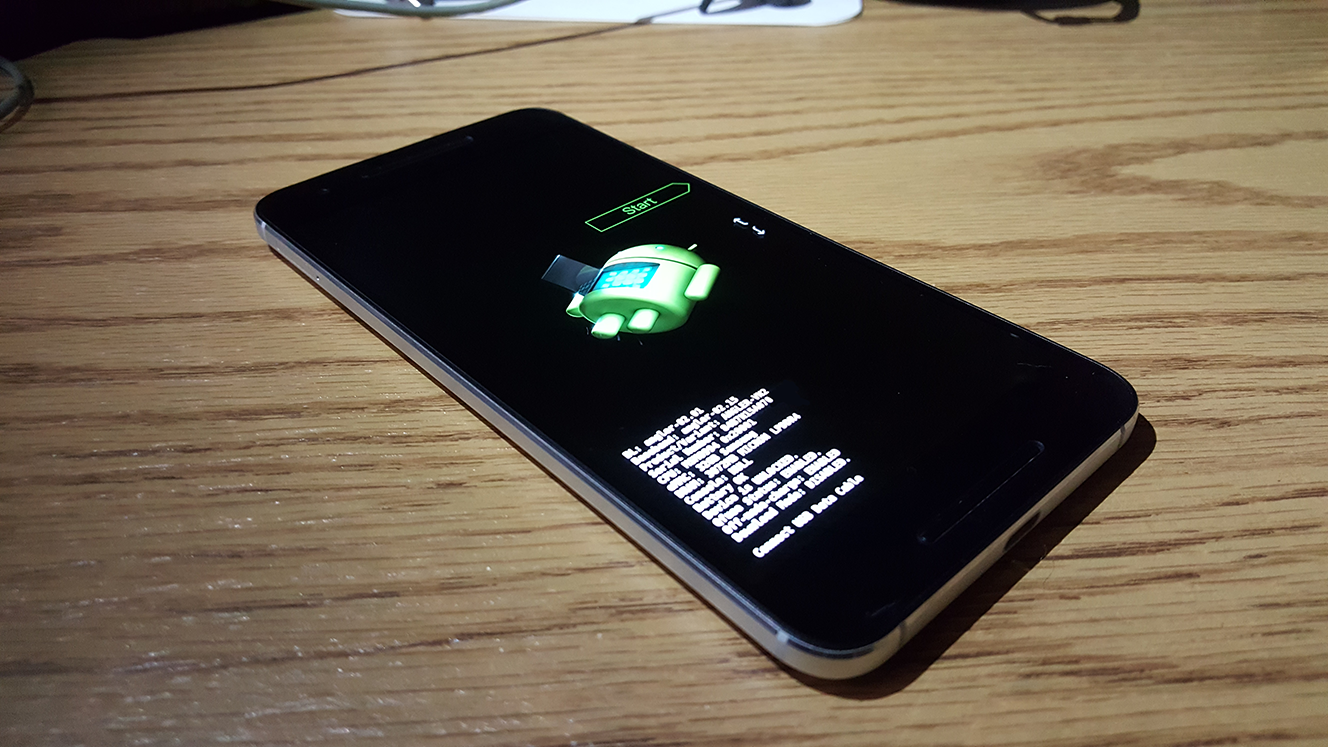latest
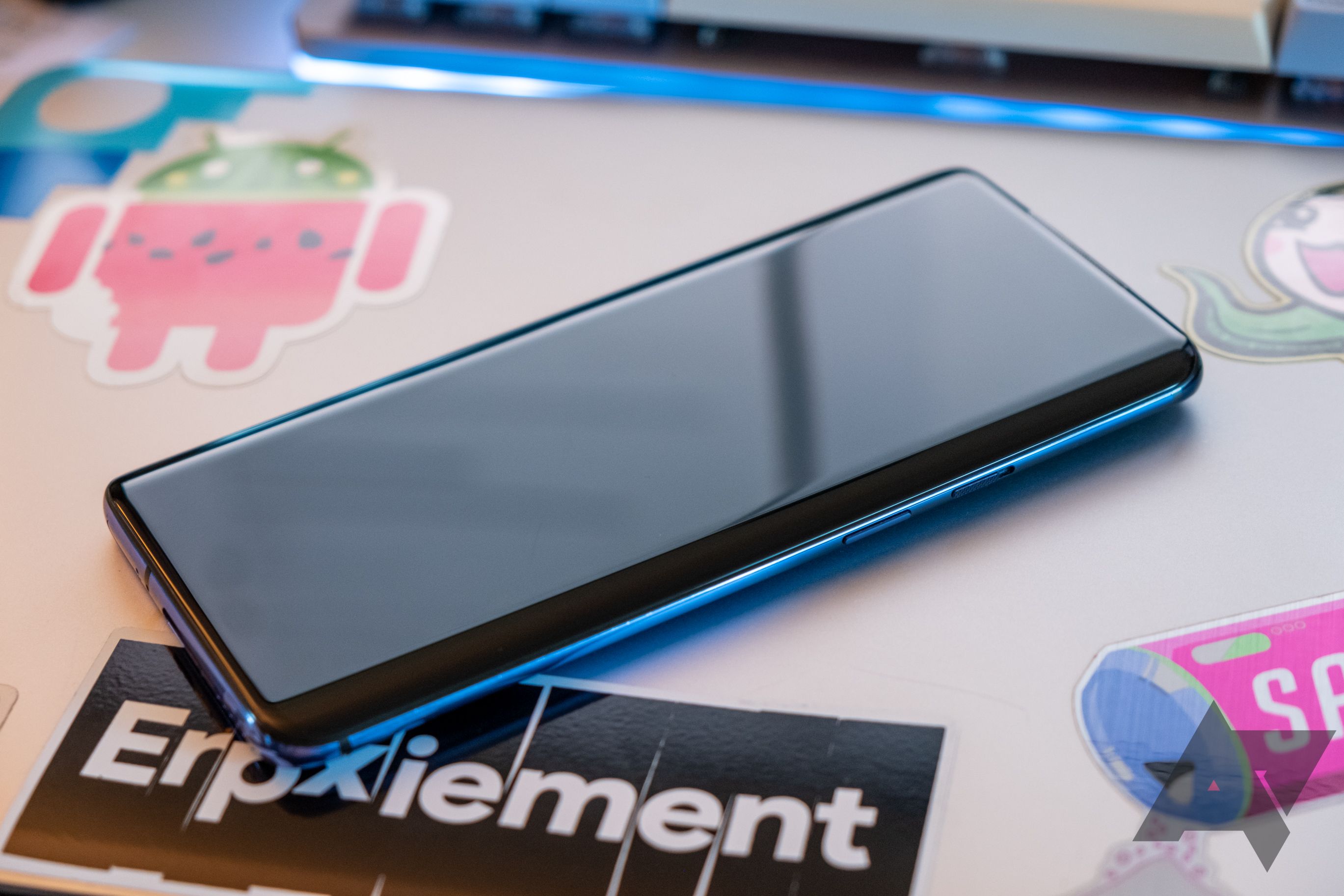
We were recently tipped off that some OnePlus 7 Pro owners are running into a significant but thankfully not widespread issue: Their phones appear to randomly turn off or shut down, potentially while they're even being used. The only means of resuscitation in such cases is manually rebooting into fastboot by holding down a combination of hardware buttons. Thankfully, OnePlus is both aware of the issue and planning a fix.
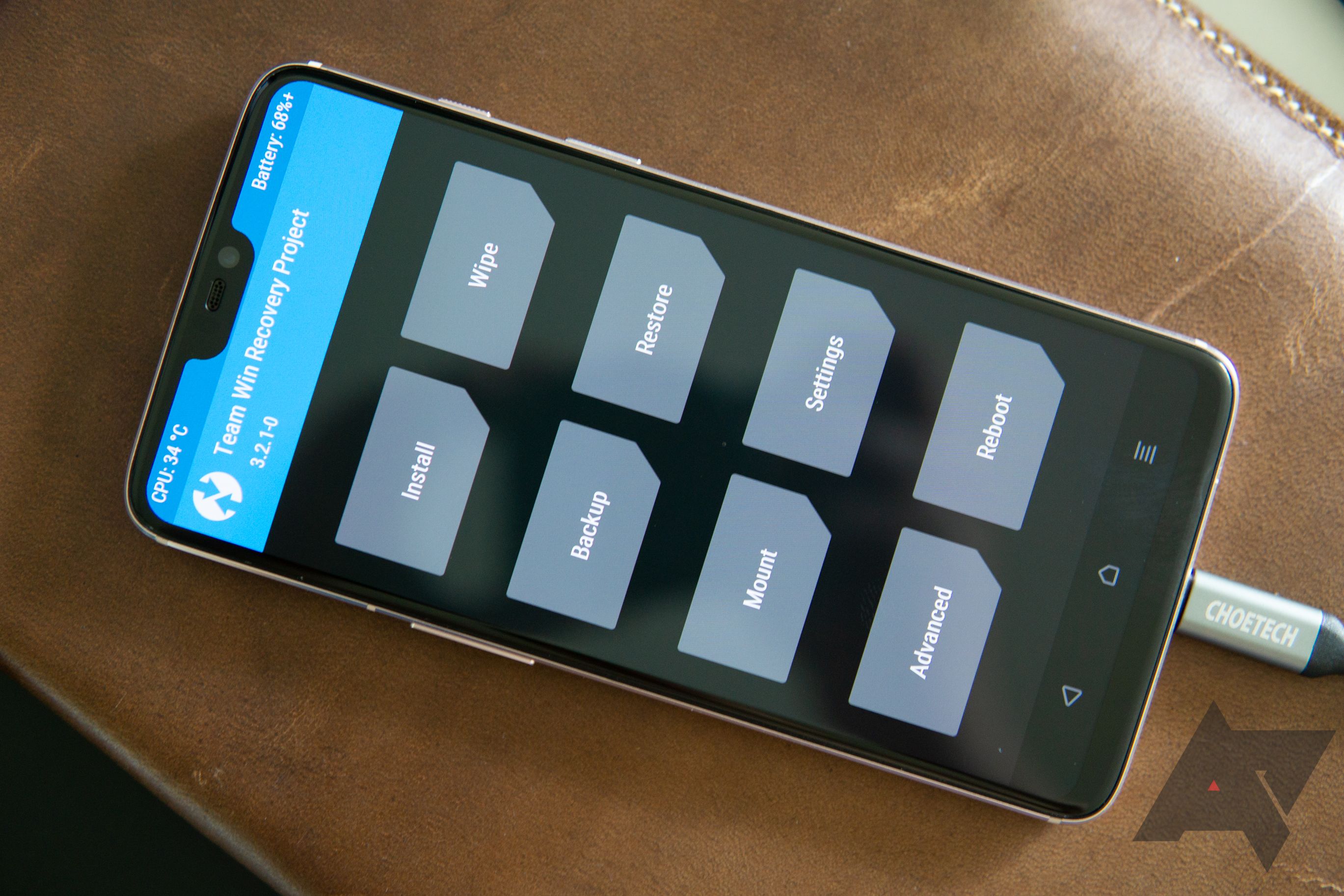
Read update
One of the most elementary aspects of phone security is the idea of a locked bootloader, which is supposed to prevent a handset from flashing or booting arbitrary code, ostensibly keeping the software on the device secure. It's super basic—or, at least, it's supposed to be. Turns out, the OnePlus 6 will allow you to boot any arbitrary or modified image you choose, even on a locked bootloader.
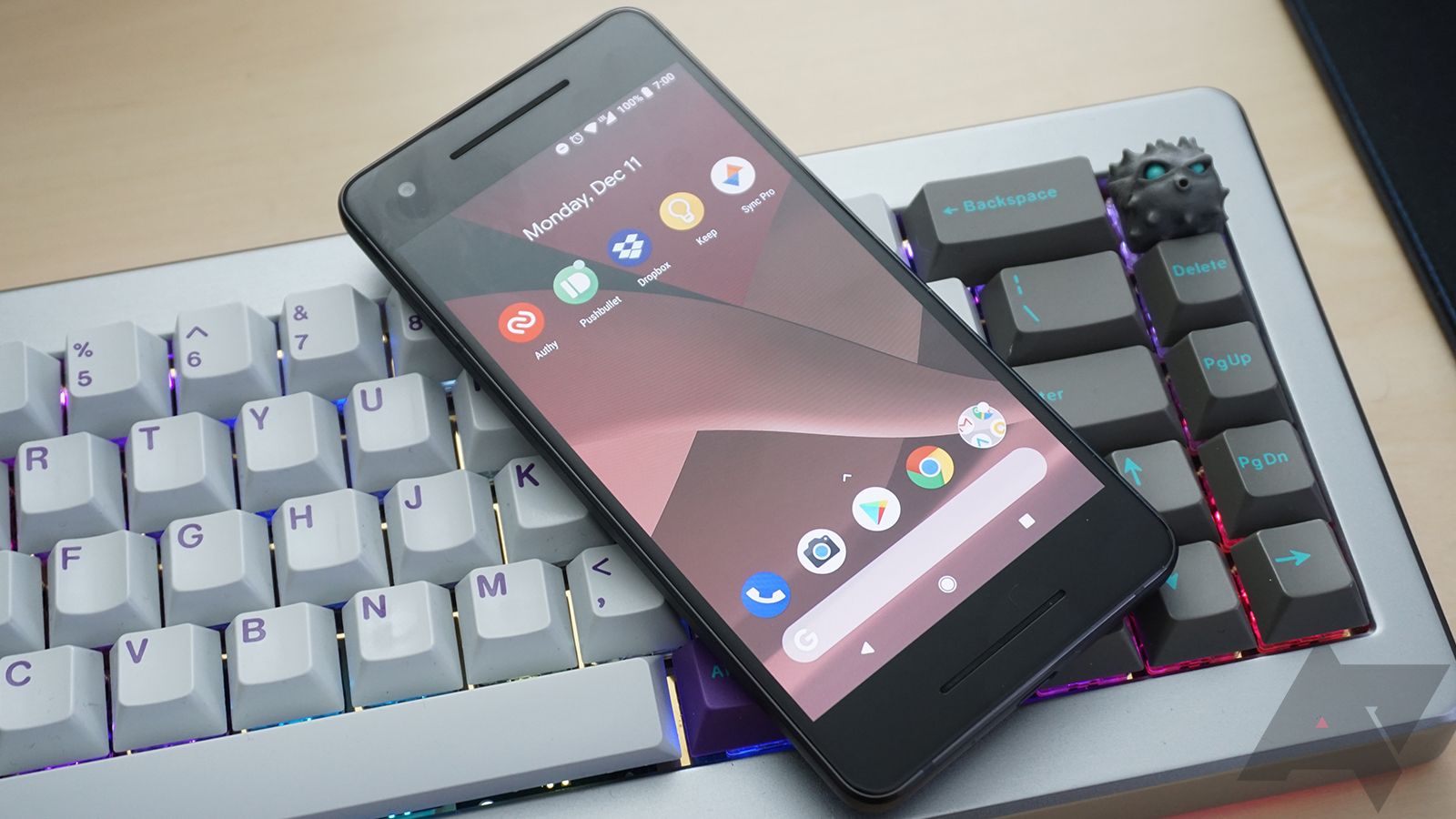
Read update
- It was bound to happen sooner or later, but it looks like the loophole has been patched in the latest update for the Pixel 2. If you've updated your device to the Verizon-exclusive build OPM2.171019.016, then you'll no longer be able to unlock your bootloader.
The biggest disadvantage to picking up the smaller Pixel 2 on Verizon's network is the locked bootloader. Big Red dictates that the phones it sells have to be locked down tight. That's a problem if you're into ROMs or if you'd like to root without an exploit. However, the folks over in the XDA forums have discovered a trivially simple way of unlocking the bootloader which is every bit as easy as the typical method for non-carrier locked Pixel 2 phones.

As an Android nerd, there are times you probably need ADB or fastboot to mess around with your phone. Maybe you're flashing an OTA or unlocking the bootloader. You used to need to grab a giant package of other junk from Google to get them, but no more! Google has started hosting platform tools downloads without the other stuff that are a mere 3.5MB.
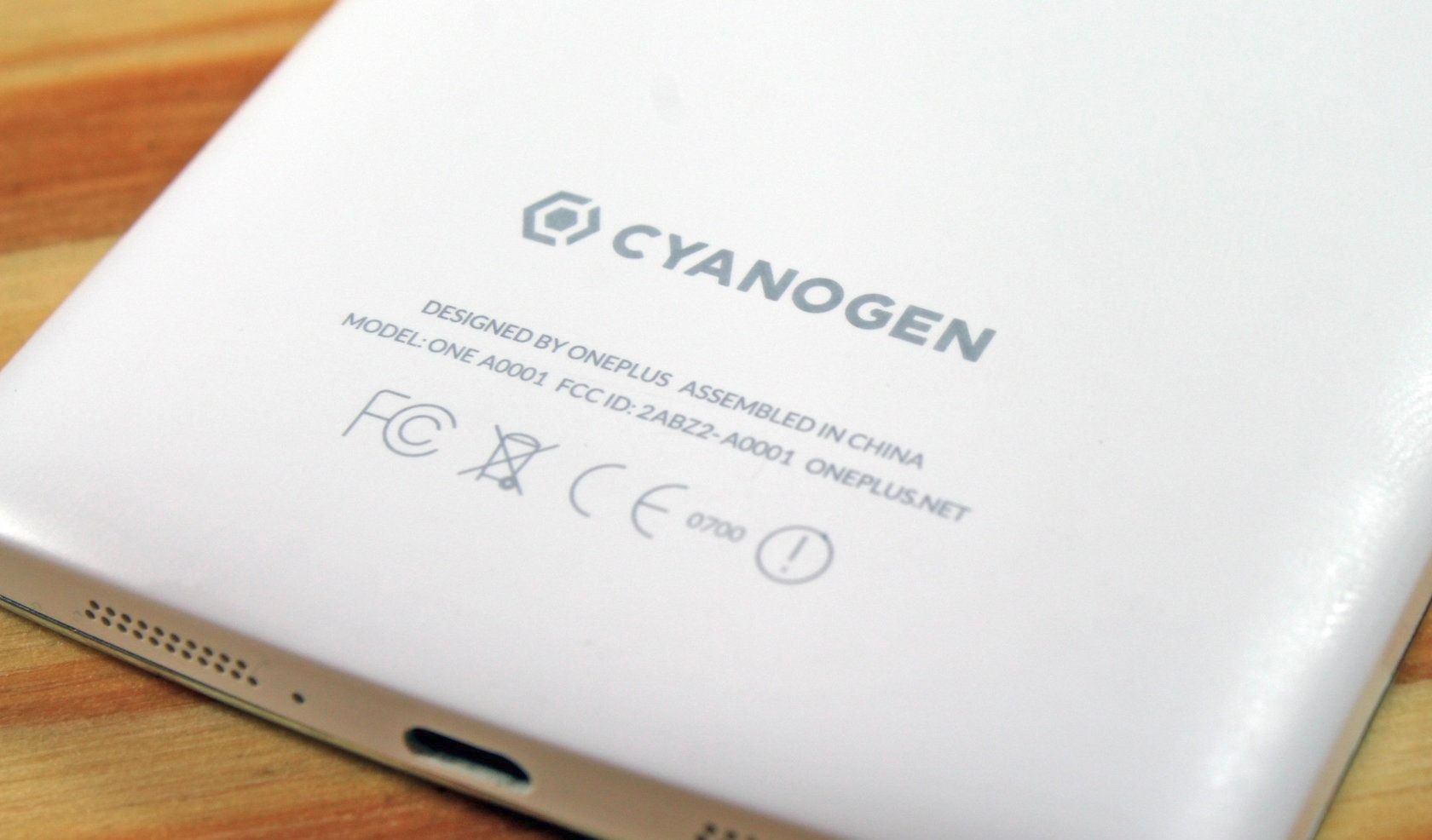
Android 6.0 started rolling out to the OnePlus One early last month. It came in the form of Cyanogen OS 13.
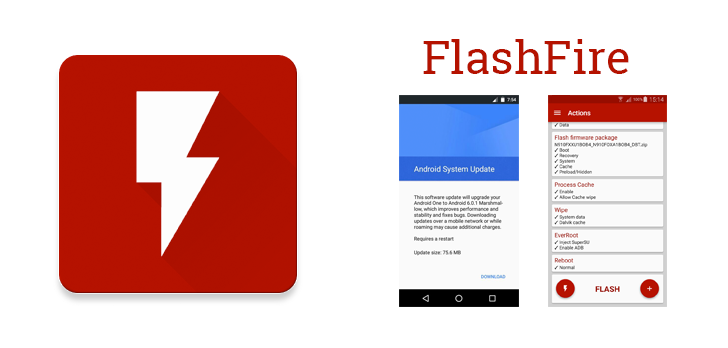
If you're into rooting these days, there's a good chance you've at least tried out FlashFire by well-known SuperSU developer Chainfire. It's one of the friendliest tools to use for flashing firmware images and mods, and it can even install official OTAs while keeping root intact. Today, Chainfire is releasing a new version of FlashFire with a pair of new features that will make it even more powerful: it can now create fastboot-flashable backups and there's a new option to preserve the existing recovery after installing OTAs and ZIPs.
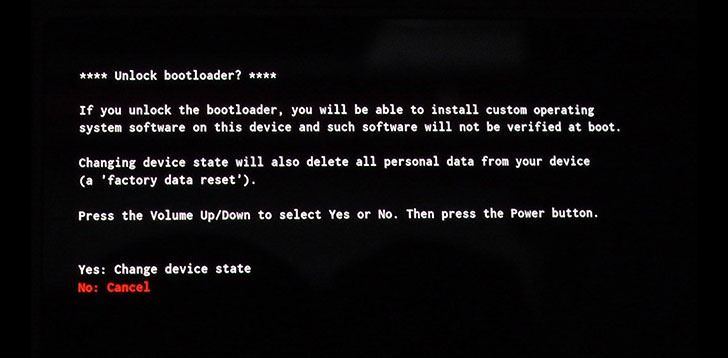
Earlier this week the super-skinny Dell Venue 8 7840 was given its Android 5.1 update. It looks like the firmware developers left in a goodie for power users: the new "OEM Unlocking" option in the Developer Options menu, first noticed on the latest round of Nexus devices when Lollipop 5.1 was going out earlier this year. According to an Android Police tipster and multiple posts on the XDA-Developers forum, this allows end users to easily unlock the bootloader of the tablet, something that wasn't a simple process before.
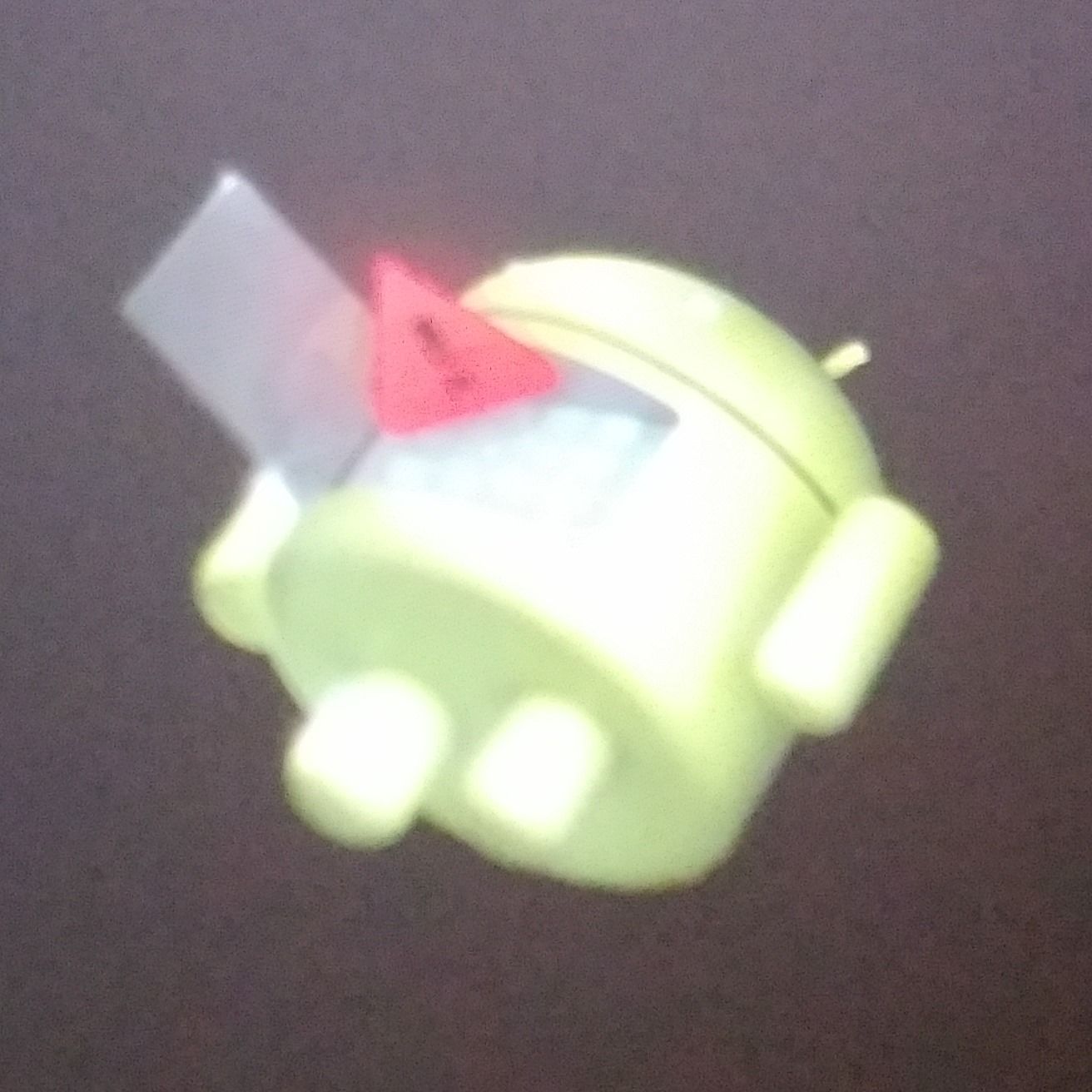
One of the tools any good flashaholic should be familiar with is fastboot. Like ADB, the help screen for fastboot received some changes with the preview release of Android M. The reboot command now offers a friendlier syntax to reach the bootloader, and there is a new set of "flashing" commands designed to prevent write operations from occurring when they aren't desired. There's also a fix for the "missing system.img" error that some people experienced after trying to use the flash-all script to install factory images.

You saw Android Wear a couple of months ago when Google unveiled the SDK and both LG and Motorola presented the first promotional pictures. Then you watched the Google I/O keynote that officially launched the LG G Watch and Samsung's surprise addition of the Gear Live. And now you've got a shiny, brand new Android Wear watch before you... but all you can think about is ripping into the digital guts of that thing and doing all of the awful things that Google never intended. Admit it, you're one of us.
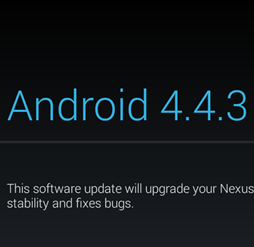
While the majority of Nexus and GPE devices have received their Android 4.4.3 OTAs relatively quickly, the rollout for certain other devices has certainly been... unusual. We still haven't heard anything about the 2013 Nexus 7 LTE, the LG G Pad 8.3 GPE, or the Moto G GPE, and until today, the OTA for the 2012 Nexus 7 Wi-Fi (I've been waiting for it to post both Wi-Fi and Wi-Fi+3G links together).
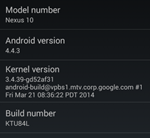
Nexus 4 and Nexus 10 owners, your Android 4.4.3 OTAs have finally begun, and the zip urls have been captured. A bit later than some others, but all things considered, waiting for an Android update for an extra day or two hasn't killed anyone.
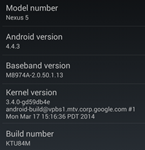
The Android 4.4.3 rollout is in full swing, with the 2013 Wi-Fi Nexus 7 getting its OTA early this morning and a bunch of flavors of GPE devices and various Motos receiving theirs just a few hours ago. Nexus 5 owners with locked bootloaders even started feeling a bit snubbed waiting for their OTA to arrive, but they can now breathe with ease - not only has the OTA indeed begun, but we have the download link and manual flashing instructions right here.
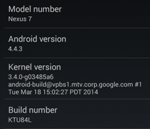
Yesterday was a relatively big day for Android, at least compared to our regularly scheduled programming - Google sent us a gift in the form of the 4.4.3 update, available immediately via factory images and in AOSP. The problem with factory images, however, is that they require an unlocked bootloader to flash, so many of you opt in to wait for the respective OTAs.
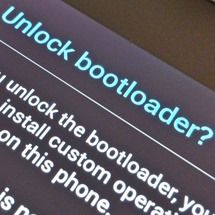
As a follow up to our recent PSA on bootloader quirks with GPE devices, we thought it would be a good idea to shed some light on a bootloader anomaly which affects both Nexus and GPE devices. Recently, there have been changes to the way unlocking happens behind the scenes. These changes can result in a device that infinitely boots into recovery.

Having Trouble Rooting The Galaxy Nexus On Jelly Bean? Here's A Method That Works [How-To]
After upgrading my Galaxy Nexus (GSM) to Jelly Bean last night (I know, I know, I'm a few days late), I unlocked its bootloader (the usual fastboot oem
After upgrading my Galaxy Nexus (GSM) to Jelly Bean last night (I know, I know, I'm a few days late), I unlocked its bootloader (the usual fastboot oem unlock) and commenced rooting, which I thought would only take a minute or two. However, after almost 2 hours of pushing, flashing, rebooting, and trying no less than 5 different root methods, I still didn't have root. Something must have changed under the hood, and no root method I was trying was working (even PaulOBrien's SuperBoot).

After Koush tantalized users with a video showing off the first official touch-based ClockworkMod Recovery interface two days ago, CWM has taken to Google+ and posted download links for the official beta, making CWM Touch Recovery available to Galaxy Nexus and Nexus S users.


